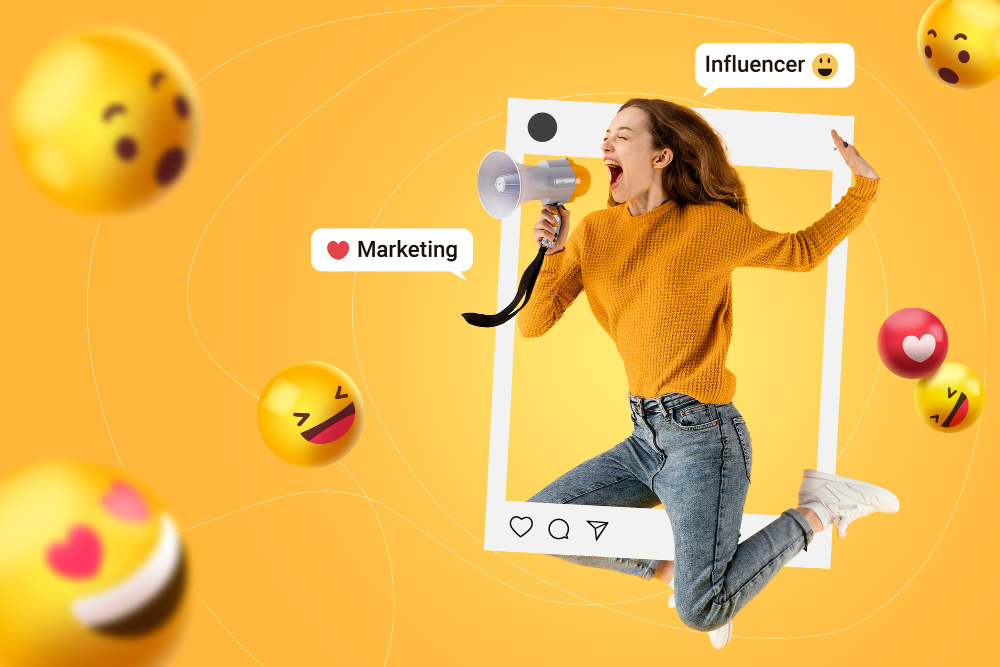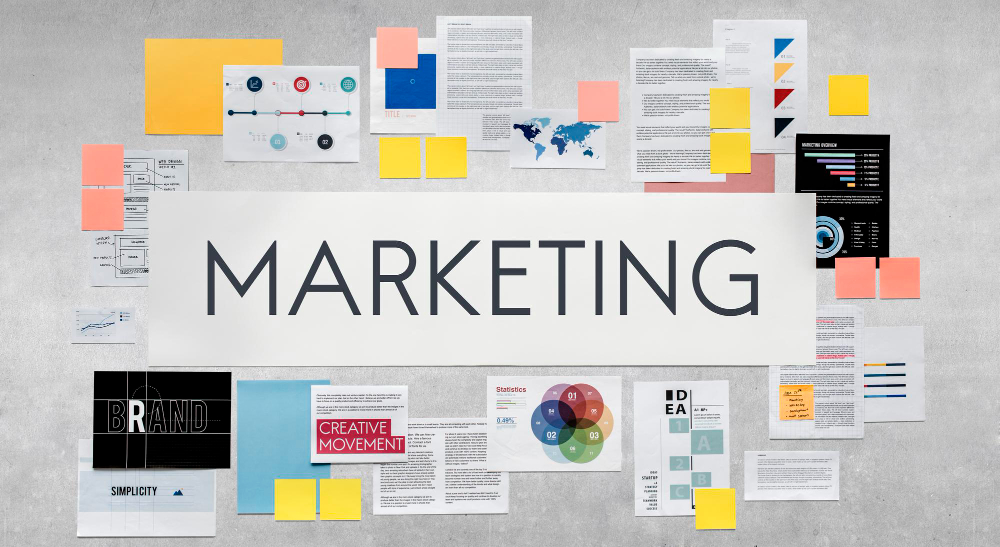Entertainment-Centric Technologies Now Transforming Marketing Practices
- 1 Transforming Marketing Practices Through Entertainment-Centric Technologies
- 1.1 Random Number Generators (RNG)
- 1.2 Augmented Reality (AR)
- 1.3 The Power of Storytelling
- 1.4 Gamification in Marketing
- 1.5 Virtual Reality
- 1.6 Influencer Marketing 2.0
- 1.7 Live streaming and Interactive Content
- 1.8 Personalization Through AI
- 2 Conclusion
- 2.1 FAQs:
- 2.1.1 What is an RNG, and how is it used in marketing?
- 2.1.2 How does AR influence marketing in B2C organizations?
- 2.1.3 What is the role of gamification in marketing?
- 2.1.4 How do VR and AR enhance brand engagement?
- 2.1.5 What is influencer marketing 2.0?
- 2.1.6 How does live streaming contribute to consumer engagement?
- 2.1.7 How does AI personalize marketing efforts?
- 2.1.8 What are some examples of storytelling in marketing?
- 2.1.9 How can AR be used in B2B marketing?
- 2.1.10 What are the benefits of using RNGs in market research?
In Short:
- Technologies like RNGs and AR, initially used in entertainment, are now transforming marketing.
- Storytelling, gamification, VR/AR, influencer marketing, live streaming, and AI are reshaping consumer engagement.
- Brands embracing these technologies can create immersive experiences that drive loyalty and sales.
In the age of technology, new and innovative tech is almost consistently being released. But, how about those that have dual purposes? Let’s take a look at technology that has already transformed entertainment and is now turning its head to marketing.
Transforming Marketing Practices Through Entertainment-Centric Technologies

Random Number Generators (RNG)
RNGs have long since been utilized in sectors like online casinos. Put simply, RNGs mimic the element of luck and chance that players get from rolling a dice or spinning a physical wheel, translating it into the digital landscape. When users play Megaways™ Slot Games, digital icons fall onto the reels randomly, and the reels themselves will expand and contract randomly, too. Both of these features use RNG technology to ensure that the results are unpredictable and cannot be predetermined, in turn solidifying the fairness, authenticity and immersivity of gameplay.
This same logic can be translated into many other applications – one of which is marketing. When marketers are carrying out market research or trying to learn more about their consumers, it is important to get as much information as possible from real people. As it would be impossible to interview everyone, it is necessary to get a random sample of people so that they can grasp wider opinions and trends. Here, willing participants can be assigned a number, and the numbers selected by an RNG to ensure the selection cannot be determined in advance.
The key benefit of using RNGs to select a random sample is that you can be assured that the data gathered has reduced bias – there are, of course, other things to watch out for to minimize survey bias, as reported by Forbes. With this in mind, it can also be used for selecting products for quality control tests, as there is no way of knowing which products will be tested and, therefore, no way of pre-preparing and skewing the results. RNGs can ensure that random samples of people or products are representative and chosen fairly.
Augmented Reality (AR)
AR is another technology that has particularly influenced entertainment consumption. Essentially, AR superimposes digital elements onto the real world, as opposed to VR, which creates a whole new virtual environment. According to Grand View Research, the global AR market amounted to USD 57.26 billion in 2023 – and, thanks to its rising usage in other applications outside of entertainment, it is predicted to grow at a compound annual growth rate of 39.8% up to 2030.
One of these innovative applications is, of course, marketing. AR can be employed for numerous purposes throughout the marketing and sales journey. In B2C organizations, AR allows consumers to try out products before they commit to a purchase. Items like makeup, clothing, shoes, and even sofas, kitchens, lamps, and so on can be placed into the user’s real-life environment using AR technology. The consumer can then see what the product would look like before making any purchase.
In B2B applications, or even real estate, AR can be similarly employed but to a slightly different end. Like with B2C, AR can superimpose products, houses, and office spaces into the real-life environment. This can be particularly utilized in sales presentations to make them more dynamic, interactive, and engaging. In doing so, businesses can see a 360-degree view and various customization options in AR rather than in the 2D pages of a brochure.
The Power of Storytelling
Storytelling has long been recognized as a powerful tool for engaging audiences and conveying brand messages. With the rise of digital platforms and interactive storytelling tools, marketers now have more opportunities than ever to craft compelling narratives that captivate consumers. Platforms like Instagram Stories, TikTok, and Snapchat enable brands to create immersive, interactive stories that invite consumers to participate in the brand’s journey.
Moreover, advancements in augmented reality (AR) technology have allowed brands to merge the physical and digital worlds, creating interactive experiences that blur the lines between fiction and reality. By integrating AR elements into their storytelling efforts, brands can transport consumers into virtual worlds where they can engage with products and experiences in innovative ways.
Gamification in Marketing
Gamification, the integration of game mechanics into non-game contexts, has emerged as a powerful tool for marketers looking to engage consumers in playful and interactive experiences. By incorporating elements such as challenges, rewards, and leaderboards into their marketing campaigns, brands can incentivize consumer participation and foster a sense of competition and achievement.
From branded mobile games to gamified loyalty programs, the possibilities for integrating gamification into marketing efforts are virtually limitless. By tapping into consumers’ innate desire for entertainment and competition, brands can create memorable experiences that drive engagement and loyalty.
Virtual Reality
Virtual reality (VR) and augmented reality (AR) have revolutionized the way brands engage with consumers, offering immersive experiences that transport users to new worlds and dimensions. From virtual product demonstrations to augmented reality try-on experiences, brands are leveraging VR and AR technologies to create interactive and memorable experiences that drive consumer engagement and sales.
AR filters and lenses on platforms like Instagram and Snapchat allow brands to create personalized experiences that resonate with consumers on a deeper level. By enabling users to interact with branded content in real time, AR technology has transformed traditional advertising into interactive experiences that captivate and delight consumers.
Influencer Marketing 2.0

Influencer marketing has evolved significantly in recent years, with brands increasingly collaborating with digital creators to reach and engage with their target audience. Unlike traditional celebrity endorsements, influencer marketing relies on the credibility and authenticity of social media influencers to drive consumer engagement and brand loyalty.
By partnering with influencers who align with their brand values and target audience, brands can leverage the influencer’s existing fanbase to amplify their message and reach new consumers. From sponsored content to influencer-hosted events, brands are finding creative ways to integrate influencers into their marketing strategies and create authentic connections with consumers.
Live streaming and Interactive Content
Livestreaming has emerged as a powerful tool for brands looking to engage with consumers in real time and foster meaningful connections. Platforms like Twitch, YouTube, and Facebook Live enable brands to host interactive events, Q&A sessions, and product launches that allow consumers to engage with the brand in a more personal and authentic way.
By leveraging the immediacy and interactivity of live streaming, brands can create memorable experiences that drive consumer engagement and loyalty. From behind-the-scenes looks at product development to live demonstrations and tutorials, live streaming offers brands a unique opportunity to connect with consumers in a way that traditional marketing channels cannot match.
Personalization Through AI
Artificial intelligence (AI) has revolutionized the way brands engage with consumers, offering personalized experiences that cater to individual preferences and behaviors. By leveraging AI-powered recommendation engines, brands can deliver tailored content and product recommendations that resonate with consumers on a personal level.
From personalized email marketing campaigns to AI-powered chatbots, brands are harnessing the power of AI to create seamless and personalized experiences that drive consumer engagement and loyalty. By analyzing consumer data and predicting future behavior, AI enables brands to deliver the right message to the right person at the right time, maximizing the impact of their marketing efforts.
And there you have it – just a couple of technologies that have already become mainstays of the entertainment industry that have the potential to transform marketing in the future.
Conclusion
As consumers continue to demand more personalized and immersive experiences, brands must adapt their marketing strategies to stay relevant in an increasingly competitive landscape. By embracing entertainment-centric technologies such as storytelling, gamification, virtual and augmented reality, influencer marketing, live streaming, and artificial intelligence, brands can create memorable experiences that drive consumer engagement, loyalty, and, ultimately, sales. As the digital landscape continues to evolve, brands that prioritize innovation and creativity in their marketing practices will be best positioned to capture the hearts and minds of consumers in the years to come.
FAQs:
What is an RNG, and how is it used in marketing?
An RNG (Random Number Generator) is a tool used to generate random numbers. In marketing, it can be used to select random samples for research, ensuring unbiased data collection.
How does AR influence marketing in B2C organizations?
AR allows consumers to virtually try out products like makeup, clothing, and furniture in their real-life environment before making a purchase decision.
What is the role of gamification in marketing?
Gamification integrates game mechanics into marketing campaigns, engaging consumers through challenges, rewards, and leaderboards to drive participation and loyalty.
How do VR and AR enhance brand engagement?
VR and AR technologies create immersive experiences that transport users to new dimensions, allowing brands to showcase products in interactive ways and blur the lines between digital and physical worlds.
What is influencer marketing 2.0?
Influencer marketing 2.0 involves collaborating with digital creators who have authentic connections with their audience, leveraging their credibility to drive engagement and brand loyalty.
How does live streaming contribute to consumer engagement?
Live streaming platforms enable brands to host interactive events and product launches in real time, fostering meaningful connections with consumers through behind-the-scenes content and interactive experiences.
How does AI personalize marketing efforts?
AI analyzes consumer data to deliver tailored content and product recommendations, enhancing engagement by predicting and meeting individual preferences and behaviors.
What are some examples of storytelling in marketing?
Brands utilize platforms like Instagram Stories and TikTok to craft immersive narratives that invite consumers to participate in their brand journey, creating authentic connections.
How can AR be used in B2B marketing?
In B2B marketing, AR can superimpose products and office spaces into real-life environments, enhancing sales presentations with dynamic, interactive content.
What are the benefits of using RNGs in market research?
RNGs ensure unbiased data collection by randomly selecting samples of people or products, providing representative insights without pre-determined biases.

















